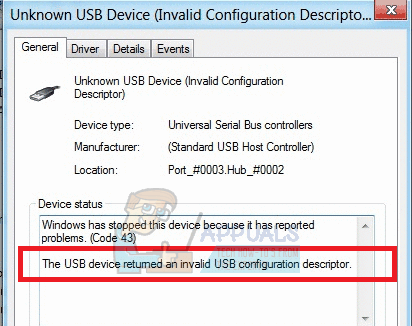Even though Windows might tell you that the device is malfunctioning, in the majority of cases this isn’t true and the problem can be easily fixed. People usually get this error with USB flash drives and external hard drives, however the possibility of getting it with another USB-connected device, such as a smartphone or a mouse, shouldn’t be excluded. Before you go out to buy a new device thinking it’s damaged or not functional anymore, only to get the same error message when you come back, read through the following methods and try them, as they have solved this problem for a number of people.
Method 1: Turn of your PC, and remove its battery (only applies to laptop users)
Flushing the driver cache can’t be simply solved by unplugging your computer, as it holds battery and that doesn’t have any effect. However, there is another thing you can do. After you’re done, you shouldn’t have the Code 43 error anymore, and you can use your USB devices again.
Method 2: Plug the device in another computer and eject it properly
If you have another computer at your disposal, you can make use of it.
Method 3: Run the Windows Troubleshooter
Even though seeing this error will make you believe that there’s something wrong with your hardware device, by following the methods described above you will see that you can easily fix it. You can now continue using your USB device without any errors.
USB 2.0 vs USB 3.0 vs USB 3.1: Which should you Have and Why?Fix: USB Composite Device can’t work properly with USB 3.0How to Fix USB Error Digital Signature (Code 52) ErrorFix: Code 39 Error CD/DVD or USB
